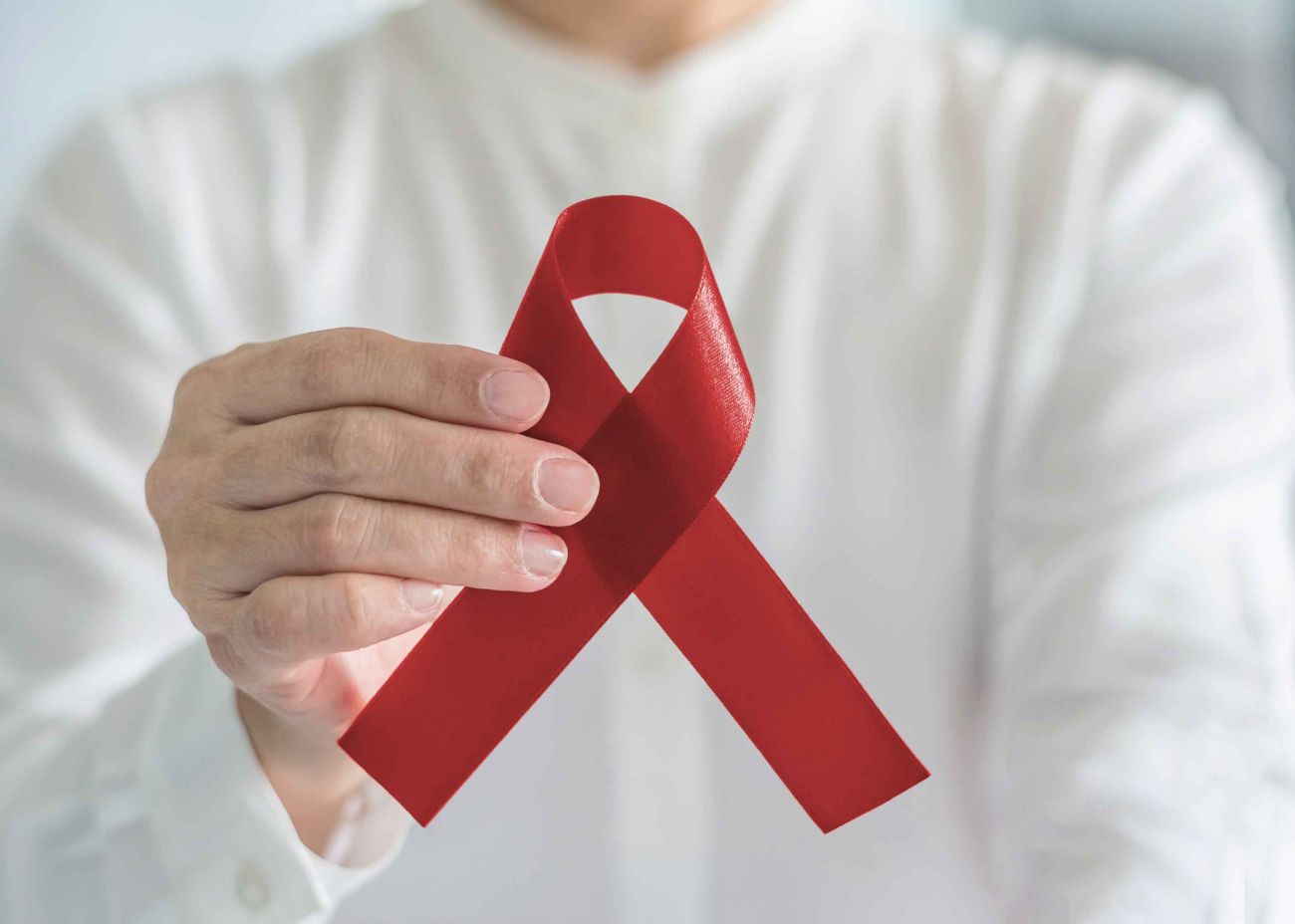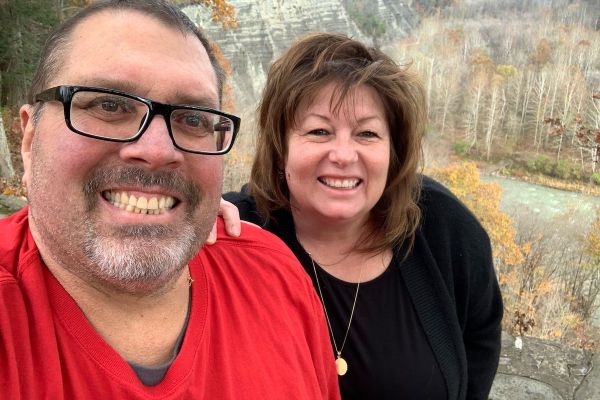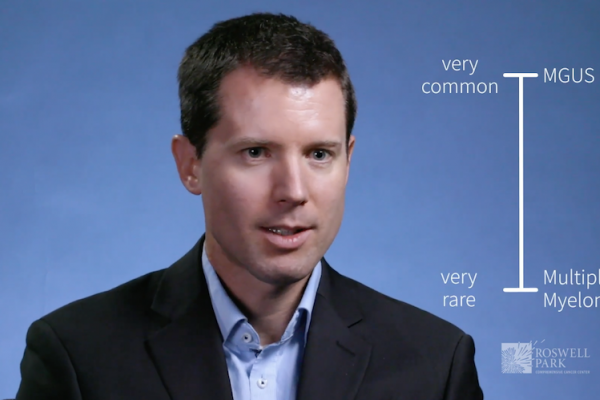Multiple myeloma is a disease that we consider chronic. While a cure is often elusive, patients’ life expectancies vary widely, according to Jens Hillengass, MD, Chief of Myeloma at Roswell Park Comprehensive Cancer Center.
“I have seen patients live from several weeks to more than 20 years after being diagnosed,” Dr. Hillengass says.
Multiple myeloma is a cancer of cells of the immune system which can cause symptoms like holes in the bones (osteolytic lesions), kidney failure, low blood counts and high calcium in the blood.
The life expectancy of a patient with multiple myeloma, as with many types of cancer, depends on the extent of the disease upon diagnosis. The cancer’s spread in the body, how a patient likely will respond to treatment factors, blood levels of certain proteins and other substances, kidney function, the patient’s age and overall health -- all indicate how well a patient will do during therapy.
Treatments help patients have some normalcy
Patients with multiple myeloma receive continuous treatments with phases of stronger and less-strong therapy, according to Dr. Hillengass,
“This produces periods of normal life for the patients mixed with not-so-normal conditions.”
Patients are treated with combinations of therapy, “including drugs to kill the malignant cells directly, medications that engage the immune system to attack cancer cells, and treatments to attack the myeloma cells based on their specific characteristics,” he says.
“Most treatments nowadays are given continually, and can consist of daily intake of pills as well as weekly to monthly infusions depending of the regimen chosen.”
Beyond the current standard of care therapy at Roswell Park, Dr. Hillengass and his colleagues focus on offering treatments using the patient’s own immune system as it is or with cellular therapies, in which cells of the immune system are manipulated to be able to fight the cancer again.
“When patients are in a so-called maintenance phase, they often can live an otherwise normal life,” he says.
Unfortunately, however, the disease often returns after a while, requiring a change of treatment, he adds.
“Since most symptoms myeloma patients have are either pain from bone destruction or side effects from treatment, pain management and treatment of neuropathic pain are the most important symptomatic treatments. Fatigue, another common symptom and side effect at the same time, can be treated with physical exercise."
The Roswell Park Myeloma Service providers are members of national and international guideline committees – the National Comprehensive Care Network, the International Myeloma Working Group and the International Myeloma Foundation Nurse Leadership Board.
“On top of the standard of care outlined in these groups’ guidelines, Roswell Park offers treatments based on scientific findings that we present regularly at research meetings, even before they have found their way into the guidelines,” Dr. Hillengass says. “Furthermore, the team participates in multicenter clinical trials and has developed its own clinical trials to bring therapies to patients that would otherwise not be available.
“Since myeloma currently is a chronic disease considered incurable, we work on both finding a cure but also adding new treatments to the cancer journey of patients to prolong their lives while preserving and ideally even improving their quality of life.”
As a result, myeloma treatment needs to be interdisciplinary and requires a whole team of providers. The Roswell Park myeloma team’s credo is: “Our team will do everything that we can to find a cure for multiple myeloma. Furthermore, it is our goal to improve your quality of life and help you to achieve milestones while on your journey, via access to cutting-edge treatment and clinical trials. Together, we can change the way the world views myeloma.”
Why Roswell Park for Multiple Myeloma?
Find out more of what makes Roswell Park unique in treating multiple myeloma.
Cause of and cure for multiple myeloma still unknown
Dr. Hillengass says that while it is not yet certain how patients get multiple myeloma, “there are several risk factors like exposure to chemicals, for example, Agent Orange and radiation.
“There are rare cases of more than one myeloma patient in a family,” he notes. “And 9/11 first responders have been shown to have a higher risk.”
And short of a cause, Dr. Hillengass notes that all myeloma patients have had a precancerous condition called monoclonal gammopathy of undetermined significance. “Oftentimes this is not detected, but these individuals have a risk of about 1% per year to develop myeloma,” he says.



